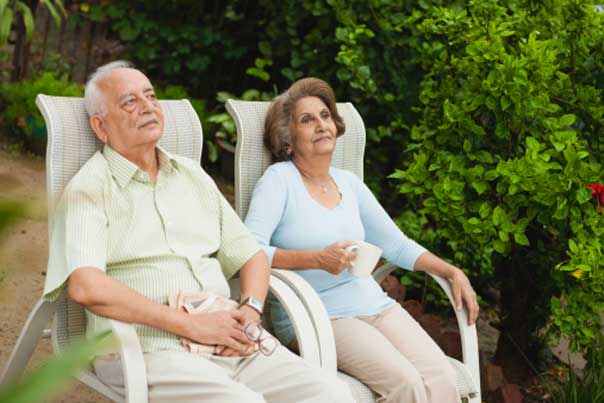Staying Put

If your current home is where you really want to stay, there are some alterations you can make to help you age in place happily and safely. According to Beth Hirshfeld, president of Thrive by Design (www.thrivebydesign.ca) and an interior designer who specializes in aging-
in-place and universal design strategies, everyone uses their space differently, so while there is no blanket answer, she is emphatic that you be aware of your changing needs as time goes by.
“There is no one-size-fits-all solution,” Hirshfeld says. But we all face the same challenges as we age, so here are her suggestions to make your home a perfect place to age.
Almost all of us will experience a decline in vision. Normal aging brings subtle changes: our pupils become smaller and less responsive to changes in ambient lighting; cells in the retina that respond to colour are less responsive. As a result, we need three to four times more light than we did in our 20s. Adding more lamps or increasing the wattage of existing bulbs can make a huge difference. And don’t forget strategic task lighting for better illumination when cooking, reading and for daily routines.
Lighting is so important that recent research by Thomas Pocklington Trust found that lighting levels were much lower than recommended in the homes of people with sight loss and that 70 per cent reported bumping into furniture or tripping on stairs.
Use of colour can enhance sightlines and help reduce falls, which account for 80 per cent of hospital admissions of people over 65 and often lead to more drastic and unwanted measures such as a move to assisted living. A strong contrast between the colour of the rug and the floor makes it easier to see the edges and avoid stumbling. Think of using contrasting stair runners to help reduce the risk of falling.
Arrange your furniture to make your home more condusive to entertaining. Having guests sit across from one another facilitates hearing and allows guests to see facial expressions. Putting your hearing-impaired father at the head of the table is not honouring him but making it impossible for him to follow the conversation.
Hirshfeld insists that modifications made to your home now before they are needed can add to its safety and liveablity, while retro-fittings quickly made in response to a health crisis can be unsightly and institutional.